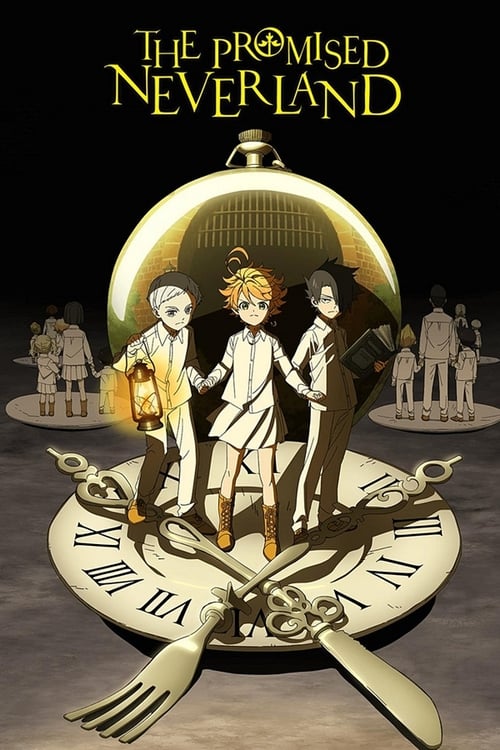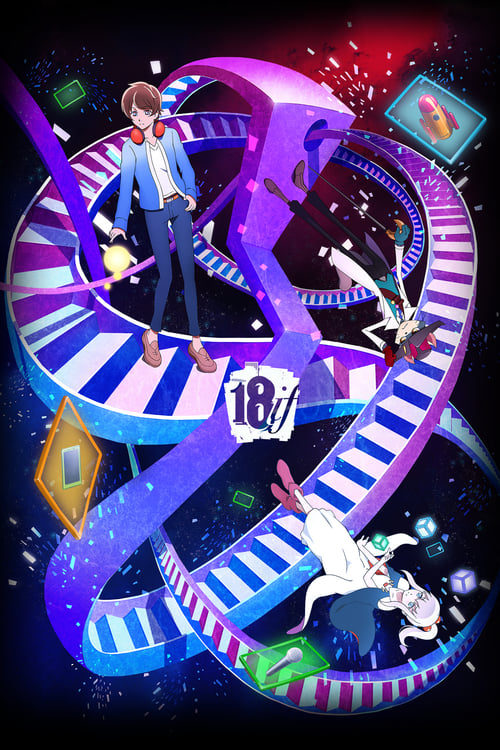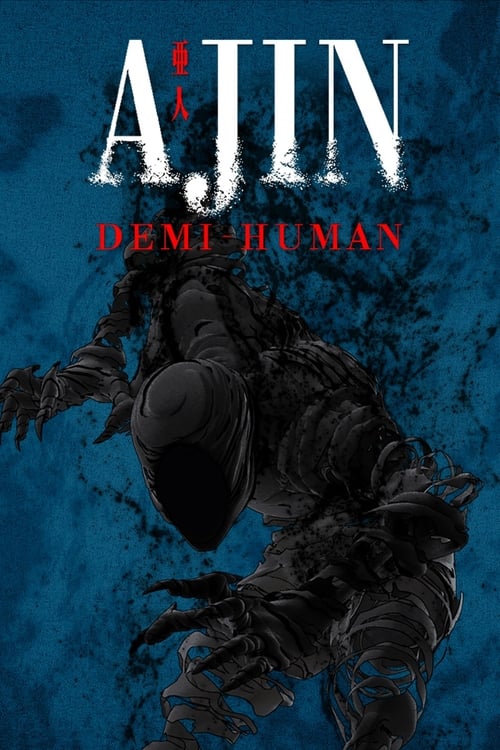
Ask Your Own Question
What is the plot?
In the beginning, we are introduced to Sakuta Azusagawa, a high school student who is dealing with a phenomenon known as "Adolescence Syndrome." This syndrome manifests in various ways, often linked to the emotional struggles of teenagers. One day, while visiting a library, Sakuta encounters a girl in a bunny costume, who turns out to be Mai Sakurajima, a former child actress. Mai is invisible to everyone around her, a result of her own emotional turmoil and the effects of Adolescence Syndrome. Sakuta is the only one who can see her, which intrigues him.
Sakuta learns that Mai has been struggling with her identity and the pressures of fame, which led to her current state of invisibility. He decides to help her, and they begin to form a bond. Mai reveals that she has been trying to regain her visibility and normalcy, but her efforts have been in vain. Sakuta, motivated by his feelings for her, vows to assist her in overcoming this syndrome.
As they spend more time together, Sakuta and Mai's relationship deepens. They share personal stories and experiences, which helps Mai confront her feelings about her past and her career. Sakuta encourages her to embrace her true self rather than the image that others have of her. This emotional support begins to have an effect, and Mai starts to regain her visibility, but it is not a straightforward process.
Meanwhile, Sakuta's life is complicated by the appearance of other girls who are also affected by Adolescence Syndrome. One of them is Tomoe Koga, a younger girl who develops a crush on Sakuta. Tomoe's syndrome causes her to experience time loops, where she relives the same day repeatedly. Sakuta helps her navigate this issue, and through their interactions, he learns more about the complexities of adolescence and the struggles that come with it.
As Sakuta continues to help Mai, he faces challenges from his peers and the societal expectations placed on them. Mai's visibility fluctuates, and she becomes increasingly frustrated with her situation. Sakuta's determination to help her leads him to confront his own feelings and the nature of their relationship. He realizes that he must be honest with Mai about his feelings, which adds tension to their dynamic.
In a pivotal moment, Mai finally confronts her fears and insecurities, leading to a breakthrough in her condition. She becomes fully visible again, but this newfound clarity comes with its own set of challenges. Mai must now navigate the world as a visible person, dealing with the repercussions of her past decisions and the expectations of those around her.
As the story progresses, Sakuta's relationships with other girls, including his childhood friend Rio Futaba, also come into play. Rio is dealing with her own version of Adolescence Syndrome, which manifests as her ability to see the future. Sakuta helps her understand and cope with her abilities, further solidifying his role as a supportive figure in the lives of those around him.
The climax of the story occurs when Mai's past as a child actress comes back to haunt her. She faces backlash from the media and her former colleagues, which threatens to undo all the progress she has made. Sakuta stands by her side, providing unwavering support as they confront these external pressures together. Their bond strengthens as they face these challenges, showcasing the power of their relationship.
In the final episodes, the narrative culminates in a resolution for both Mai and Sakuta. They come to terms with their feelings for each other and the realities of their lives. Mai's journey of self-acceptance and Sakuta's role as her anchor lead to a heartfelt conclusion. The series ends with a sense of hope and the understanding that while adolescence is fraught with difficulties, the connections we make can help us navigate through them.
What is the ending?
In the ending of "Rascal Does Not Dream of Bunny Girl Senpai," Sakuta Azusagawa and Mai Sakurajima confront the complexities of their feelings and the challenges posed by Mai's "Adolescence Syndrome." After a series of emotional trials, they reaffirm their bond, and Mai's syndrome is resolved. The story concludes with a sense of hope and a promise of a future together.
As the final arc unfolds, the scene opens with Sakuta Azusagawa standing in the familiar surroundings of the school, a place that has witnessed the evolution of his relationship with Mai Sakurajima. The air is thick with tension as they navigate the aftermath of Mai's struggle with her Adolescence Syndrome, which has caused her to become invisible to those around her. The emotional weight of their journey hangs heavily in the air, and Sakuta's determination to support Mai is palpable.
In a pivotal moment, Sakuta and Mai find themselves at a beach, a location that symbolizes both freedom and the weight of their past. The sun sets on the horizon, casting a warm glow over the scene. Here, they share a heartfelt conversation about their feelings and the challenges they have faced. Mai expresses her fears of being forgotten and the pain of her syndrome, while Sakuta reassures her of his unwavering support. The intimacy of the moment is underscored by the sound of waves crashing against the shore, mirroring the tumultuous emotions they both experience.
As they continue to talk, Mai's resolve strengthens. She acknowledges the importance of her identity and the need to confront her syndrome head-on. This moment of clarity is a turning point for her character, showcasing her growth and determination. Sakuta, too, reflects on his own feelings, revealing the depth of his love for Mai and his desire to help her overcome her struggles.
The climax of their journey occurs when Mai decides to confront the source of her syndrome. In a dramatic scene, she faces the emotional turmoil that has plagued her, and with Sakuta by her side, she embraces her true self. The moment is charged with emotion as the invisible barrier that has kept her isolated begins to dissolve. The visual imagery of her becoming visible again serves as a powerful metaphor for acceptance and self-identity.
As the resolution unfolds, Mai's syndrome is finally lifted, allowing her to be seen by everyone once more. The joy and relief on her face are mirrored by Sakuta's beaming smile, a testament to their shared victory. The scene shifts to a school setting where Mai is now surrounded by her peers, her presence no longer overshadowed by her syndrome. The laughter and camaraderie among friends highlight the importance of connection and support in overcoming personal struggles.
In the final moments, Sakuta and Mai stand together, hand in hand, looking towards the future. Their bond is stronger than ever, symbolizing hope and resilience. The camera pans out, capturing the essence of their journey--a journey filled with challenges, growth, and the reaffirmation of love. The screen fades to black, leaving viewers with a sense of closure and optimism for the characters' futures.
In summary, Sakuta Azusagawa and Mai Sakurajima emerge from their trials with a renewed sense of purpose and connection. Mai is no longer burdened by her syndrome, and their relationship stands as a testament to the power of love and understanding in the face of adversity. The ending encapsulates the themes of identity, acceptance, and the importance of human connection, leaving a lasting impression on the audience.
Is there a post-credit scene?
Yes, "Rascal Does Not Dream of Bunny Girl Senpai" features a post-credit scene.
As the episode concludes, the screen fades to black, and after the credits roll, the scene opens with a serene view of a park during the day. The atmosphere is calm, with gentle sunlight filtering through the leaves of the trees. The camera pans to reveal Sakuta Azusagawa sitting on a bench, looking contemplative. He appears relaxed but carries a hint of nostalgia in his expression.
Suddenly, Mai Sakurajima enters the frame, wearing her iconic bunny girl outfit, which contrasts with the casual setting. She approaches Sakuta with a playful smile, her presence instantly brightening the scene. The two share a light-hearted exchange, filled with teasing and warmth, showcasing their deepening bond.
As they talk, the conversation subtly shifts to their future and the challenges they might face together. Sakuta's demeanor reflects a mix of determination and concern, while Mai's confidence shines through, reassuring him. The scene captures the essence of their relationship--supportive, playful, and filled with unspoken understanding.
The post-credit scene serves as a poignant reminder of their connection and the journey they have embarked on together, leaving viewers with a sense of hope and anticipation for what lies ahead. The screen fades to black once more, concluding the series on a note of emotional resonance.
What is the significance of Mai Sakurajima's character and her role in the story?
Mai Sakurajima is a pivotal character in 'Rascal Does Not Dream of Bunny Girl Senpai.' She is a former child actress who experiences a phenomenon known as 'Adolescence Syndrome,' which causes her to become invisible to others. This invisibility symbolizes her feelings of isolation and the struggle for recognition in a world that has moved on from her childhood fame. Her character arc explores themes of identity, the pressures of adolescence, and the desire for connection. Mai's relationship with the protagonist, Sakuta Azusagawa, serves as a catalyst for both their personal growth, as he helps her confront her feelings of invisibility and worth.
How does Sakuta Azusagawa help the other characters dealing with Adolescence Syndrome?
Sakuta Azusagawa plays a crucial role in assisting various characters who are affected by Adolescence Syndrome throughout the series. For instance, he helps his classmate, Tomoe Koga, who experiences a time loop that prevents her from moving forward in her life. Sakuta's empathetic nature and willingness to confront the underlying issues of each character allow him to guide them toward self-acceptance and resolution. His interactions often involve deep conversations that reveal their insecurities and fears, ultimately leading to moments of clarity and emotional breakthroughs.
What is the relationship between Sakuta and Mai, and how does it evolve throughout the series?
The relationship between Sakuta Azusagawa and Mai Sakurajima is central to the narrative of 'Rascal Does Not Dream of Bunny Girl Senpai.' Initially, their connection is marked by a sense of mystery and intrigue, as Sakuta is the only one who can see Mai. As they spend more time together, their bond deepens, revealing layers of vulnerability and trust. Sakuta's unwavering support helps Mai confront her feelings of invisibility and her past as a child actress. Their relationship evolves from a friendship rooted in shared experiences to a romantic connection, culminating in moments of intimacy and mutual understanding that highlight their emotional growth.
What are the implications of the 'Adolescence Syndrome' phenomenon in the story?
The 'Adolescence Syndrome' in 'Rascal Does Not Dream of Bunny Girl Senpai' serves as a metaphor for the struggles faced during adolescence, such as identity crises, social anxiety, and the pressure to conform. Each character's experience with the syndrome reflects their personal challenges and emotional states. For example, Mai's invisibility represents her feelings of being overlooked, while Tomoe's time loop illustrates the difficulty of moving on from past traumas. The phenomenon allows the series to explore complex themes of youth, mental health, and the importance of human connection, as characters navigate their unique struggles and find solace in each other.
How does the series portray the theme of recognition and validation through its characters?
Recognition and validation are prominent themes in 'Rascal Does Not Dream of Bunny Girl Senpai,' particularly through the experiences of Mai Sakurajima and other characters affected by Adolescence Syndrome. Mai's struggle with invisibility highlights her desire for acknowledgment and acceptance, both from her peers and herself. Similarly, characters like Tomoe Koga seek validation in their relationships and personal achievements. The series portrays these themes through poignant moments where characters confront their fears of being forgotten or unworthy. Sakuta's role as a supportive figure emphasizes the importance of recognizing and validating one another's feelings, ultimately leading to healing and personal growth.
Is this family friendly?
"Rascal Does Not Dream of Bunny Girl Senpai" contains several themes and scenes that may not be considered family-friendly or suitable for children and sensitive viewers. Here are some potentially objectionable aspects:
-
Mature Themes: The series explores complex themes such as adolescence, mental health, and the pressures of growing up, which may be difficult for younger audiences to fully grasp.
-
Romantic Undertones: There are romantic relationships depicted, including moments of physical intimacy and suggestive dialogue that may not be appropriate for children.
-
Emotional Struggles: Characters experience significant emotional turmoil, including anxiety, depression, and feelings of isolation, which could be upsetting for sensitive viewers.
-
Mild Language: There are instances of mild profanity and suggestive language that may not be suitable for younger audiences.
-
Visual Representation: The character design includes some revealing outfits, particularly the titular Bunny Girl, which may not align with family-friendly standards.
-
Conflict and Tension: The series contains scenes of interpersonal conflict and tension that may be distressing for younger viewers, as characters navigate their struggles and relationships.
Overall, while the show has a compelling narrative and character development, its themes and content may not be appropriate for all audiences, particularly children.

































